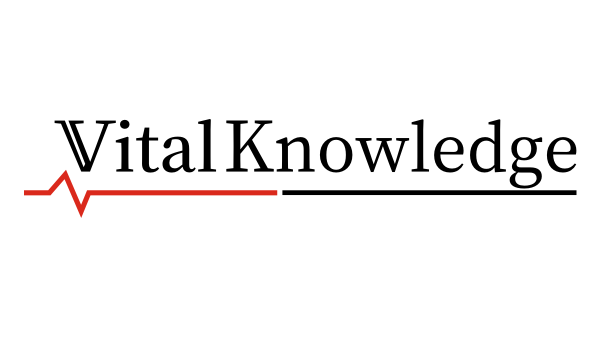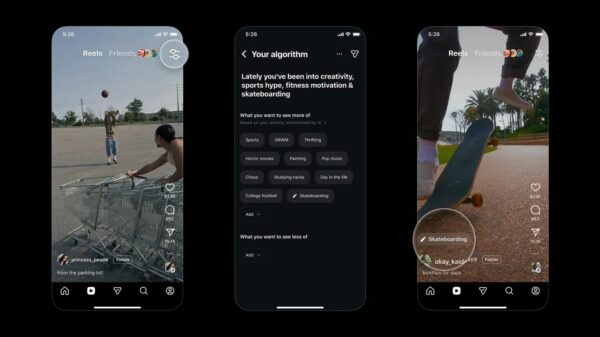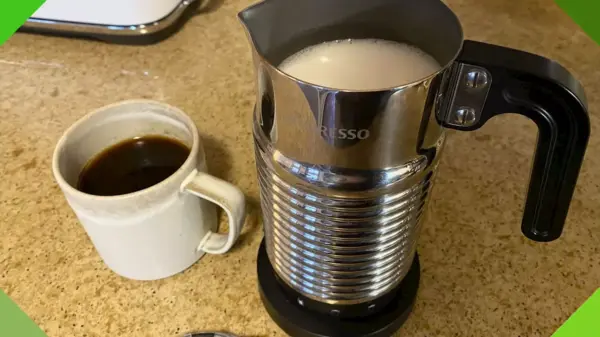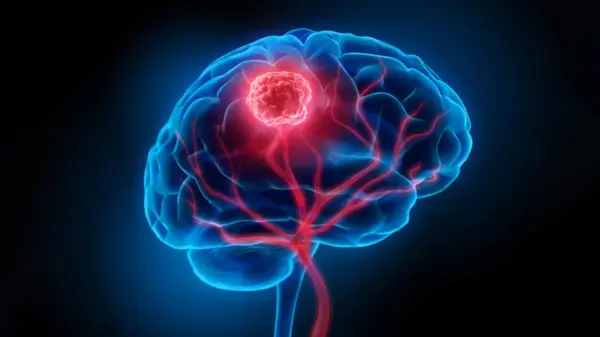As technical communication evolves, the demand for structured and easily navigable content is more pressing than ever. The Darwin Information Typing Architecture (DITA) provides an effective framework for creating modular documentation that enhances user experience. This article explores various linking strategies within DITA that can significantly improve content discoverability and interactivity.
Understanding DITA Linking
Links in DITA can take various forms, including direct connections within topics and references to external resources. By effectively utilizing these links, technical communicators can enhance the user experience. The following linking approaches are pivotal for creating cohesive DITA documentation.
1. **Topic Linking**
The modular topic-based structure is central to DITA’s functionality. Each topic serves as an independent unit of information, allowing for interlinking with other topics. DITA offers several types of links:
– **Normal Links**: These hyperlinks connect related topics, facilitating increased interconnectivity and knowledge sharing.
– **Related Links**: These links suggest additional content, enhancing the user’s understanding without overwhelming them. Authors can create “Related Links” sections that direct users to supplementary resources.
– **Navigation Links**: In extensive documentation sets, navigation links are essential. DITA can automatically generate tables of contents and index entries, simplifying navigation through complex information.
2. **Using Conrefs for Dynamic Content**
Content references, or conrefs, enable authors to link to specific content chunks across different topics. This method enhances information reusability and consistency. For instance, if a term requires updating, authors can change the source once, ensuring that all references reflect this update across the documentation. Effectively using conrefs can streamline the documentation process and guarantee that users access the most current information.
3. **Implementing Push and Pull Links**
DITA categorizes links into push and pull types based on their functionality:
– **Push Links**: These direct users to specific topics or supplementary content through actions like button clicks, proactively ensuring users receive relevant information.
– **Pull Links**: These allow users to request additional context or content, such as opening a glossary or FAQs section. This approach enhances understanding by providing information on demand.
Advanced Linking Techniques
4. **Cross-referencing and Indexing**
Cross-referencing is an advanced technique that creates links to content in different parts of the documentation set. This method helps establish context and guides users through related topics while maintaining consistency. Additionally, effective indexing is vital for improved navigation. DITA supports index creation, allowing authors to tag specific terms or topics, making it easier for users to locate desired material. Maintaining consistent links and indexes enhances overall documentation usability.
5. **External Linking Strategies**
Sometimes, it is necessary to supplement DITA-based documentation with external resources. Effective external linking strategies involve:
– **Linking to Related Resources**: Directing users to pertinent external websites or publications can enrich their understanding and provide broader context.
– **API Documentation Examples**: When detailing APIs or software libraries, linking to external code repositories can offer practical insights. It is crucial to ensure that external resources are reliable and well-maintained to avoid broken links that could frustrate users.
Mastering connections through effective linking strategies in DITA is essential for creating modular, cohesive, and user-centered documentation. By understanding various linking approaches—topic linking, content references, push/pull links, cross-referencing, and external linking—technical communicators can significantly enhance user experience.
In today’s fast-paced digital landscape, where user expectations for high-quality content are continuously rising, investing time and resources in refining linking approaches can set documentation apart. With DITA’s powerful linking capabilities, creating effective documentation evolves from a challenge into a craft that can be mastered.






































































